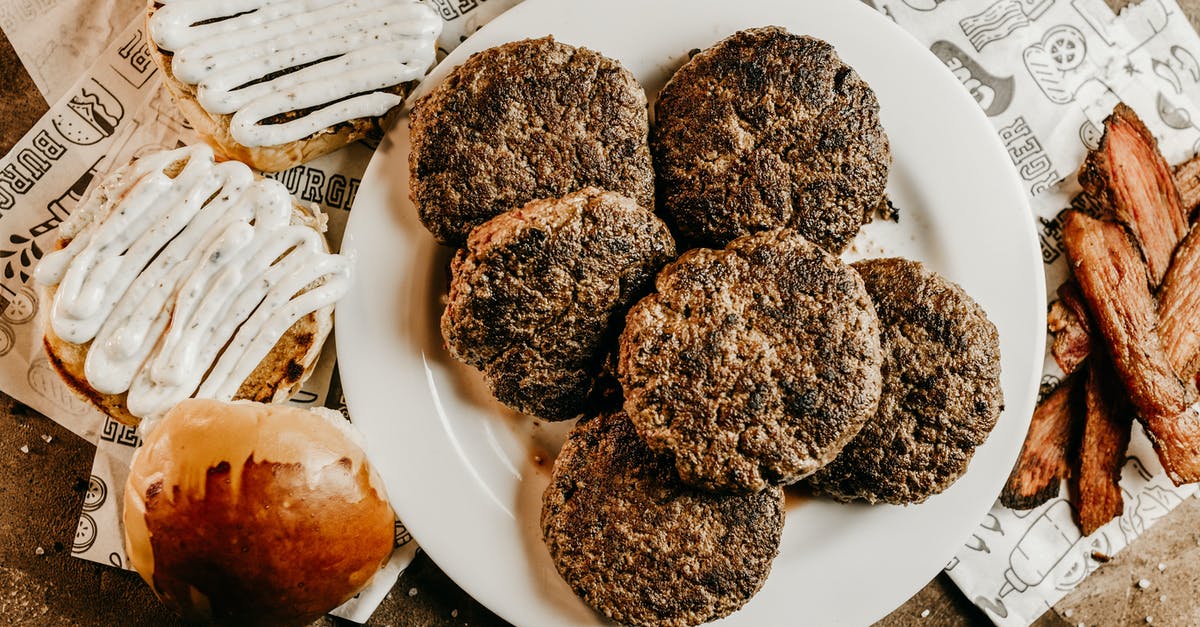Chemical meat tenderizers

I know pineapple (Hawaiian cooking), onion (Chaliapin steak), pickle juice (Chick-fil-A) and honey (Shokugeki no Soma). All tenderize meat via cooking and / or marinating. My questions are:
What others meat tenderizers are there?
Is there a tasteless or more mellow substitute that wouldn't impart so much of a flavour?
Best Answer
The tenderizing actions for all of the examples you've listed are different, and some are entirely debatable. Tenderizing isn't about specific ingredients; it covers a whole range of different techniques used to increase the perception of juiciness in the final meat, while reducing the perception of tough connective tissue. There are many different ways to accomplish this.
Tenderizing is very often coupled with attempts to add flavor to the meat, as in the classic and important marinade. Marinating does several things: it exposes the meat to salt, and to acid, and to other flavorful compounds. Since you're asking specifically about limiting flavor additions, let's discount that last and look at the other actions, which we can perform separately:
- Brining: in general, this uses salt (and often sugar) to cause osmotic changes and denature proteins within the meat, which causes it to retain more moisture during cooking; hence it can seem more tender after cooking. A simple brine generally doesn't add a lot of flavor, but it does add plenty of salt (which can affect the perception of other flavors) and it takes time. This is the effect of pickle juice, which contains large amounts of salt.
- Acid: exposure to acids denatures many proteins, to the point where some delicate proteins can be "cooked" entirely using acid, as in ceviche. However, longer exposure can unpleasantly break down meat into mush - there's such a thing as too tender. Acid adds a tangy flavor, and this flavor provides part of its "tenderizing" power; it triggers the release of enzyme-laden saliva that tenderizes as you eat.
There are other ways to accomplish similar results that introduce even less flavor:
- Enzymatic action: a few fruits, notably pineapple and papaya, contain enzymes (bromelain and papain, respectively) that are particularly good at breaking down the proteins and connective tissues present in meat. This is similar to the breakdown that acids cause, and it has similar downsides; too much breakdown causes the meat to do from "tender" to "mushy". However, bromelain and papain powders are both available commercially, and they add much less flavor than acids do. There is some speculation that the onions in Chaliapin steak provide a similar enzymatic action, but evidence is mixed and there's a lot else going on in that dish besides.
- Velveting: this is a cooking technique that uses a thin, largely flavorless coating on the outside of thinly sliced strips of meat to cook them more gently, reducing moisture loss and keeping them tender. Thin slices are important here too. The manga that you cite for the effect of honey does seem to imply that honey has an enzymatic action, but in a previous question that addressed it I concluded that the actual effect is one of velveting. As with onions, it's questionable whether honey contains the right enzymes for quick tenderizing.
Now, all of this so far has discussed chemical means of tenderizing meat. But it turns out there's an entire category of classic tenderization that adds no flavor whatsoever:
- Mechanical action! For ages cooks have tenderized various tough cuts by breaking down their connective tissues with a variety of means. This can be as simple as slicing across the grain with specific cuts of meat, which shortens tougher meat fibers and produces a better result than slicing parallel to the grain. Meat can be pounded or sliced thin to break down connective tissue as well (and this is the main tenderizing effect with Chaliapin steak). Mechanical tenderization can use something as simple as a common spiked kitchen mallet or the back of a heavy pan, or a larger commercial device which uses spiked rollers or long needles to puncture the meat repeatedly and break connective tissues and fibers. If you're looking for a way to tenderize a cut of meat without affecting its flavor, this is the gold standard. It does tend to be immediately visible, and it's often thought of a "cheap" way to affect tenderization, but there's no denying the results or the ubiquity of this method across many different food cultures.
Pictures about "Chemical meat tenderizers"



Quick Answer about "Chemical meat tenderizers"
But chemical tenderizers can give any cut a more tender texture. One popular tenderizer is papain, which comes from the papaya tree. Papain works by breaking down meat proteins using a chemical process called hydrolysis. Meat proteins are very large molecules.What is the best chemical meat tenderizer?
8 Best Meat Tenderizers of 2021- PRO 48-Needle Stainless Steel Meat Tenderizer.
- KitchenAid Gourmet Meat Tenderizer.
- Meat Tenderizer,304 Stainless Steel Heavy Sturdy Meat Mallet/Pounder/Hammer.
- Checkered Chef Mallet Style Meat Tenderizer.
- Norpro Stainless Steel Meat Tenderizer.
- OXO Good Grips Easy-Clean Bladed Meat Tenderizer.
How do meat tenderizers work scientifically?
Natural meat tenderisers Meat consists of muscle and connective tissues that are made up of proteins. Proteins contain lots of amino acids linked together in chains to make large molecules. Meat tenderisers act by breaking apart the amino acids. Marinades designed to tenderise meat usually contain acids or enzymes.What are 3 ways for tenderizing meats?
According to our trusty "Food Lover's Companion," there are three ways you can tenderize meat chemically: long, slow cooking; use of a commercial meat tenderizer (Ac'cent is perhaps the best-known brand); or marinating in an acid-based marinade that contains enzymes, which break down connective tissue.What is a chemical tenderizer?
A chemical meat tenderizer will have in it enzymes that break the \u201cpeptide bonds\u201d in protein and in connective tissue. Different compounds, mostly all natural, are drawn on for the enzymes: Bromelain is made from pineapple plant stems (it can also come from the fruit, but the fruit is economically valuable);How To Tenderize ANY Meat!
More answers regarding chemical meat tenderizers
Answer 2
Buttermilk does the same for chicken (I don't know about other meats), and I usually leave chicken in the buttermilk marinade for 8-10 hours in the fridge, before frying it.
Plain buttermilk has very little, in my opinion, flavour, hence why I add spices to the marinade.
Answer 3
Baking soda is much more effective than table salt at denaturing proteins. Hence, do use a lower concentration than you would use in table salt brines. Do not brine for more than, say, 15 minutes.
However, it has its disadvantages:
Too much of it produces an unpleasant taste (unsurprisingly).
It does not penetrate deep into the meat. Hence, use thin strips of meat.
Heating it produces carbon dioxide, which can create small cavities in meat similar to the ones one finds in baked bread.
Answer 4
A wee drop of scotch whiskey does the trick. Bring it to a low boil and put the meat into the pot. 20-30 minutes does the trick. Take it out of the pot, pat dry with paper towels and put it on a hot grill. Cooking on wood is best.
Sources: Stack Exchange - This article follows the attribution requirements of Stack Exchange and is licensed under CC BY-SA 3.0.
Images: Jonathan Borba, Jonathan Borba, Eren Li, MART PRODUCTION
